After a massive effort to integrate 18 clinics into a new health system—including the standardization of front-end workflows to support the migration of all clinics onto one EHR platform—ambulatory leadership at the University of Kansas Health System (UKHS) wanted to assess the state of clinic operations and improve performance. As a world-class academic medical center and destination for complex care and diagnosis, it is a priority of UKHS that patients seeking care at its facilities have timely and convenient access to healthcare services. As such, leadership sought to deploy a deliberate performance improvement (PI) effort to make enhancements to patient access, satisfaction, and clinic throughput. To maintain balance, UKHS also wanted to simultaneously determine ways to improve the satisfaction of its providers and staff providing the care.
When ambulatory leadership initiated this journey, they were focused on identifying specific solutions that could be implemented to achieve the desired goals in eight weeks. Additionally, UKHS had a strong desire to use its own team of experts for the improvement efforts but needed help with organizing and developing a process to execute this. Therefore, UKHS partnered with ECG to develop a model clinic sprint process that it could then replicate across its clinics on its own.

